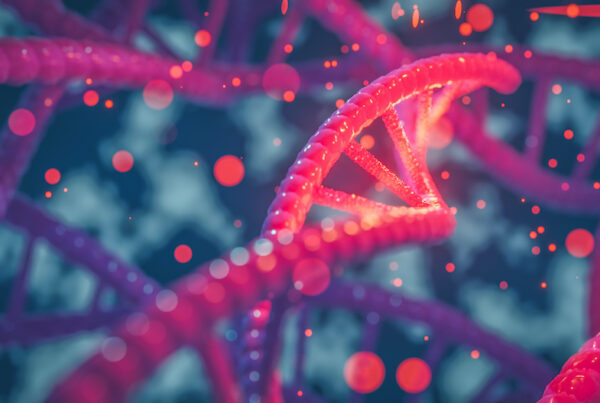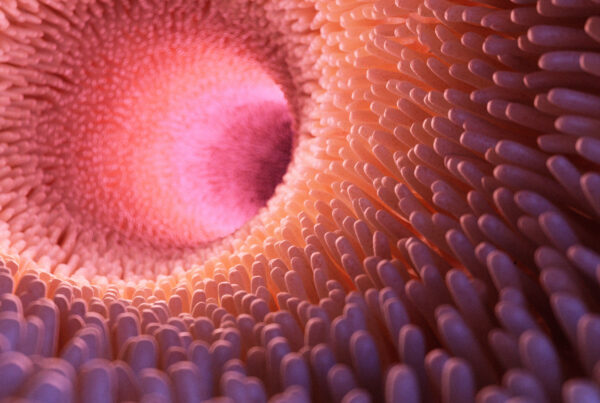As you age, your skin noticeably changes. It becomes thinner and apparent lines and wrinkles become a permanent fixture on your face.
What if I told you that you could stop the signs of aging and reduce the appearance of fine lines and wrinkles?
By using peptides, you can reverse the unwanted signs of aging and increase the health of your skin. To learn how this is possible, you first need to know what happens to the skin as you age and why fine lines and wrinkles develop.
Then, we’ll dive into how using the copper peptide GHK-Cu can turn back the hands of time.
The Breakdown of Skin Anatomy
Your skin is your body’s largest organ, but how much do you really know about it?
If you think back to biology class, you most likely studied the anatomy of the skin and its different components. However, for most of us, that was probably some time ago, so here’s a quick refresher.
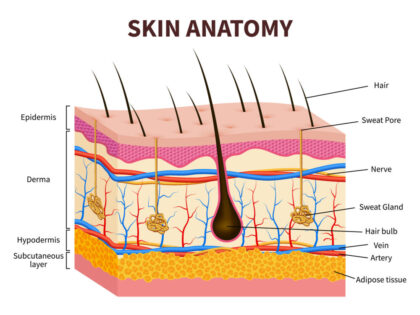 Your skin is made up of four layers: the epidermis, the dermis, the hypodermis, and the subcutaneous tissue.
Your skin is made up of four layers: the epidermis, the dermis, the hypodermis, and the subcutaneous tissue.
The dermis is a deep layer that makes us the majority of your skin. Within the dermis, you will find hair follicles, sebaceous glands, sweat glands, nerves, arteries, and veins. You will also find fibers made up of predominantly collagen and elastin, and this is what we want to focus on.
As an adult, 80% of your dermis is composed of collagen, which gives your skin its strength and prevents it from being torn when overstretched. Another 5% of your dermis is made up of elastin, which provides your skin with elasticity and resilience.
Also found in the dermis, is hyaluronic acid (HA), whose primary function is to keep the tissue in your skin moist and lubricated.
What Happens to Your Skin as You Age?
It’s no surprise that your skin changes as you age. We can see the effects on anyone who is older in years, and often use it as an indicator when estimating someone’s age.
Today, people do everything they can to preserve a more youthful skin appearance. From anti-aging creams to cosmetic surgery, there are almost no lengths we won’t go to stay looking young.
So what causes these telltale signs of aging?
As you age, your skin becomes thinner. You also begin to lose strength and elasticity, and your skin becomes dryer as the sebaceous glands produce less oil. Fine lines and wrinkles begin to appear and deepen as the years go on.
Upon closer inspection, we see a change in collagen as well. Younger skin contains collagen that is thin and wavy in uniform fibrillar units. However, as you age, the collagen begins to break down, and the quantity is reduced.
 Types of Wrinkles that Form on the Face
Types of Wrinkles that Form on the Face
As you age and the elements that make up the skin begin to break down, along with the repeated use of facial muscles, causes lines and creases to form in the skin.
Here are four of the most common types of wrinkles associated with aging:
Atrophic Crinkling Rhytids
These static wrinkles form fine lines that run parallel to one another and can occur anywhere on the face. This type of wrinkle forms as collagen begins to break down, and our skin becomes less elastic.
Permanent Elastic Creases
These long-lasting creases in the skin become more permanent as we age, and typically show up on the base of the neck, upper lip, and cheeks. While these wrinkles occur naturally as we age, they can become worse through repeated sun exposure and smoking.
Dynamic Expression Lines
Naturally, our face moves in repeated ways when we speak or express emotion. These are the lines that are a result of this repeated muscle movement. The more the skin moves in repeated ways, the more permanent these wrinkles become. These are the lines that can be improved through muscle relaxation.
Gravitational Folds
Gravity does to your skin, what it does to everything else… pulls it down. Over time, your skin begins to give in to gravity, and the lines become more obvious as the skin starts to sag and fold. Typically, these wrinkles are most obvious in areas of the face where the skin is the thickest.
What is GHK-Cu?
GHK-Cu is a naturally occurring copper peptide that was first identified in human plasma in 1972 and has shown to be a powerful protective and regenerative agent.
Copper peptides are small protein fragments with an affinity for copper ions, which are so important to maintaining normal body functions.
Known for its role in tissue remodeling, GHK-Cu works to stimulate blood vessels and nerve regrowth, increase collagen and elastin production, and support glycosaminoglycan synthesis and the function of dermal fibroblasts. It has also been shown to aid in skin rejuvenation and the removal of damaged/scarred tissue.
As we age, naturally occurring GHK-Cu decreases, which contributes to the appearance of aging skin. It is this breakdown of collagen and decreased elasticity that causes many of the fine lines mentioned above.
By increasing GHK-Cu in the skin, we are able to reverse some of the breakdowns of collagen, increase elasticity, and reduce the appearance of wrinkles.
As we age, our natural GHK-Cu levels decrease significantly.
For example, a person in their 20s typically has a plasma level of 200 ng/ml. By the time we reach 60 years old, these levels will have decreased to about 80 ng/ml. This steep decline coincides with a noticeable decrease in our skin’s capacity for rejuvenation.
Studies have shown that cosmetics that include GHK-Cu peptides show an ability to increase collagen by 70% and reduce wrinkles by 31.6%.
Supplementing GHK-Cu peptides has shown to have positive effects on the skin, including the ability to:
- Tighten loose skin and increase elasticity
- Reverse thinning of the skin
- Improves firmness and elasticity
- Increases skin regeneration and rejuvenation
- Decreases the appearance of fine lines and wrinkles
- Enhances the structure of the skin
- Smoothes rough skin
- Stimulates wound healing
- Protects skin cells from UV radiation
- Lowers inflammation and free radical damage
 The Magic of GHK-Cu’s Skin Rejuvenation
The Magic of GHK-Cu’s Skin Rejuvenation
When you are young, your skin has a better ability to repair itself and endure damage.
Typically, when damage occurs to the skin, GHK has the ability to regulate metalloproteinases and aid in skin regeneration by having a positive impact on fibroblasts, a key in the regeneration process that creates structural elements in the dermal matrix.
However, as we age and GHK-Cu decreases, so does our skin’s ability to rejuvenate.
The skin’s appearance can be negatively affected by the inadequate removal of damaged proteins and the breakdown of the dermal matrix. GHK has the ability to regulate metalloproteinases and aid in skin regeneration by having a positive impact on fibroblasts, a key in the regeneration process that creates structural elements in the dermal matrix.
Turn Back the Clock with GHK-Cu
If you want to rejuvenate your skin for a more youthful appearance, GHK-Cu is the peptide you’re looking for. This natural copper complex can help smooth fine lines and soften wrinkles by helping your skin repair itself.
As you begin to age, your body produces less GHK-Cu, causing a reduction in collagen production and lower skin elasticity. However, by supplementing with GHK-Cu, you can begin to restore your body’s ability to create collagen, increase your skin’s elasticity, and reduce fine lines and wrinkles for a more youthful appearance.
If you want to improve your skin’s health and shave years off your appearance, fill out our simple online form, and one of our licensed doctors will assess your individual needs for proper treatment and care.
As with any treatment, the results and potential side effects of peptide therapy will vary from person to person. Peptide therapy is not intended as a replacement or alternative to medical treatment or a healthy diet and active lifestyle, which is the cornerstone of lasting health, wellbeing, and longevity. For high functioning and athletic individuals, peptide therapy may provide an added boost to traditional therapies and treatment programs.

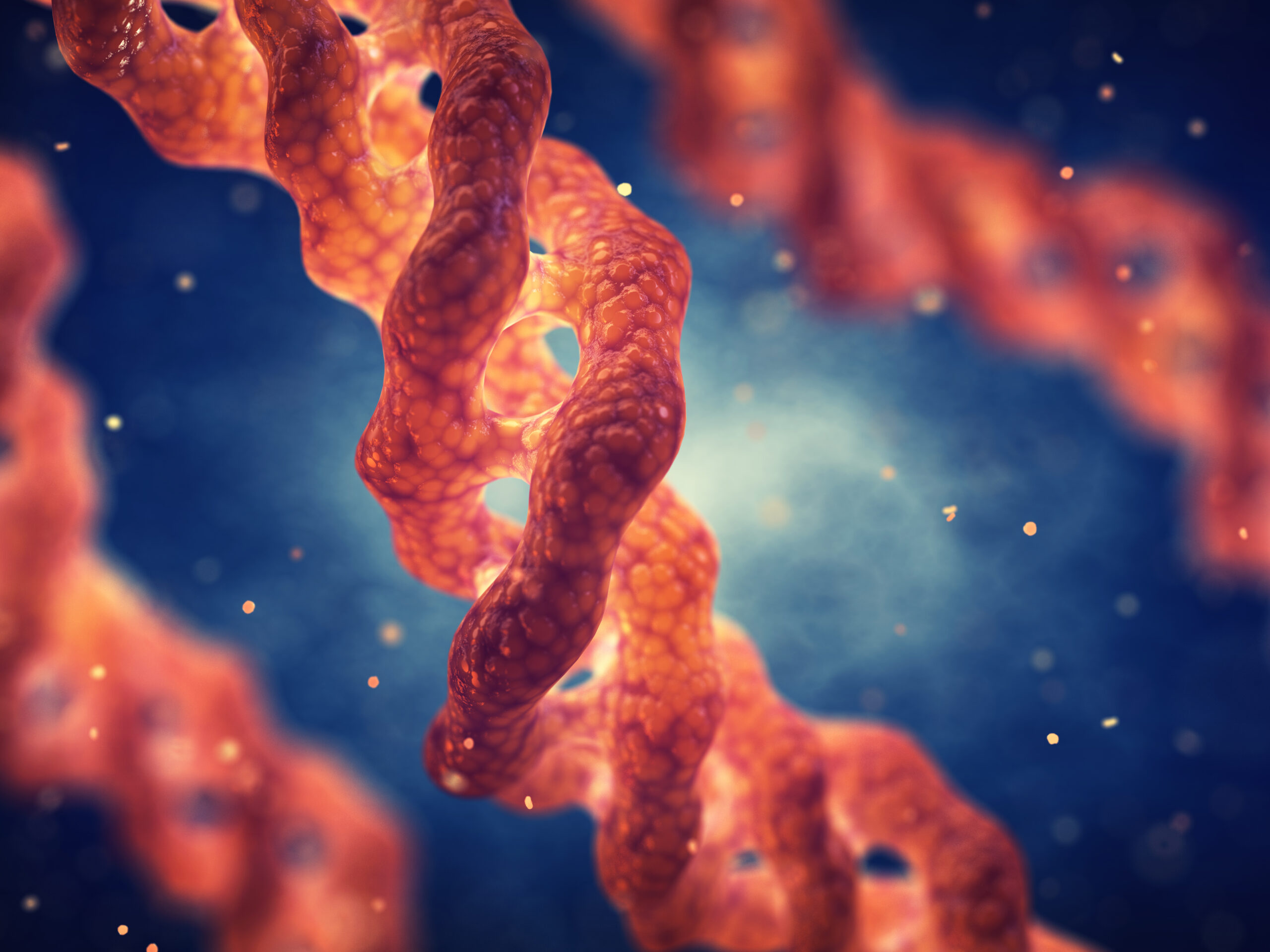
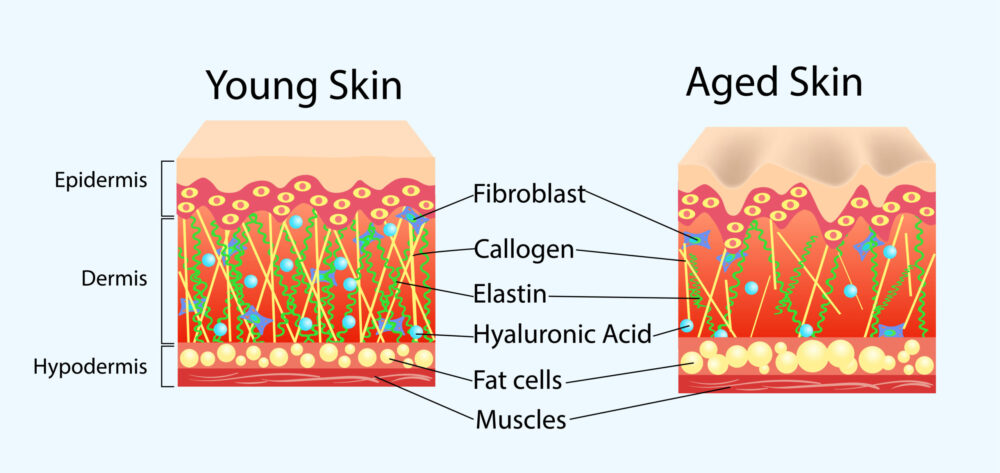 Types of Wrinkles that Form on the Face
Types of Wrinkles that Form on the Face The Magic of GHK-Cu’s Skin Rejuvenation
The Magic of GHK-Cu’s Skin Rejuvenation